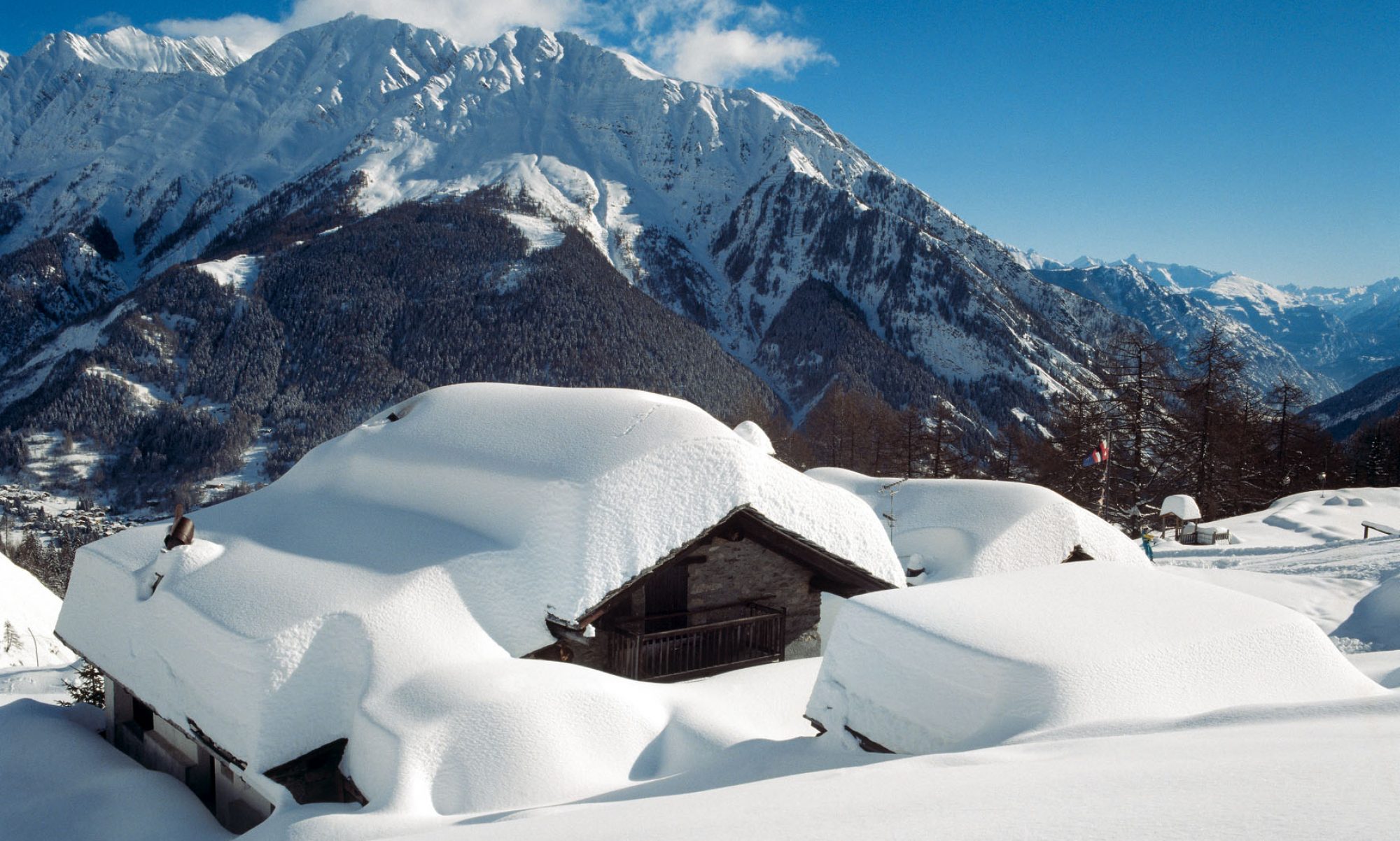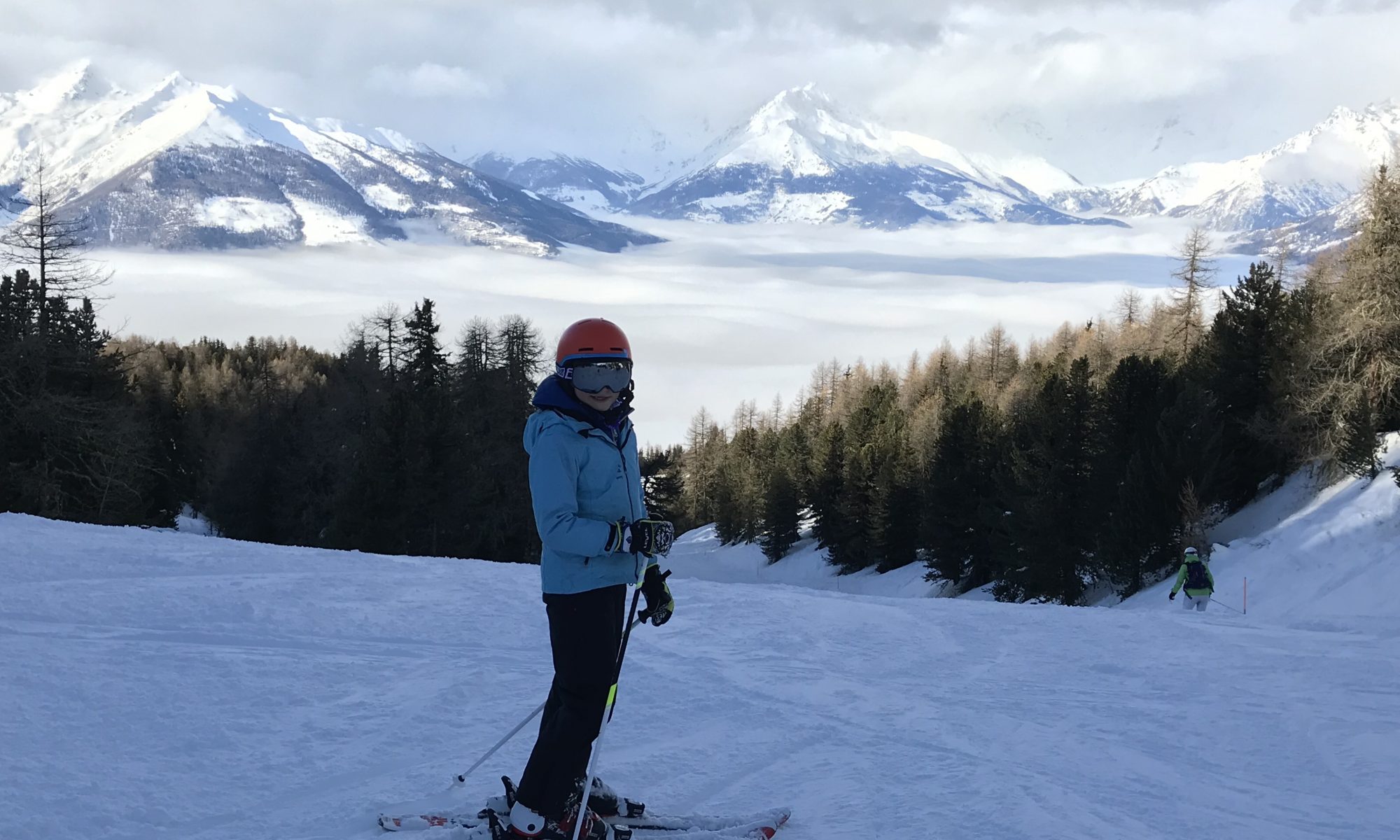Something that always got my attention is how the temperature always drops when you go higher up in the mountain. This is called the “lapse rate”. I always repeated like a parrot that temperature drops 1° C when the altitude increases by 100 m. And how come this sometimes is not true with the inversion phenomenon?
It is not always the case, that temperature decreases by 1° C when the altitude increases by 100 meters but is not that off the reality. Looking online to get my info well, this is what I’ve found.

As altitude increases, the temperature decreases due to – in part, air pressure and the water-vapour content.
Pressure is Lower at Altitude. Lapse Rate in the Temperature with Altitude and the Inversion Phenomenon.
With every 100 meters of increase in altitude, the temperature drops by an average of 0.65°C. But when the air is very dry, as when there is high pressure, the air can cool 1°C every 100 meters of altitude. What makes this possible is the air pressure, the heat radiation and the water vapour content in the air.
With higher pressure there will always be more temperature. As in the lowlands or on the beach the pressure is higher (pressure is higher at sea level), the temperatures are usually higher there, that when going up the mountain. The higher you go, the more the pressure sinks, therefore the temperature also drops down.
Continue reading “Lapse Rate in the Temperature with Altitude and the Inversion Phenomenon.”



You must be logged in to post a comment.